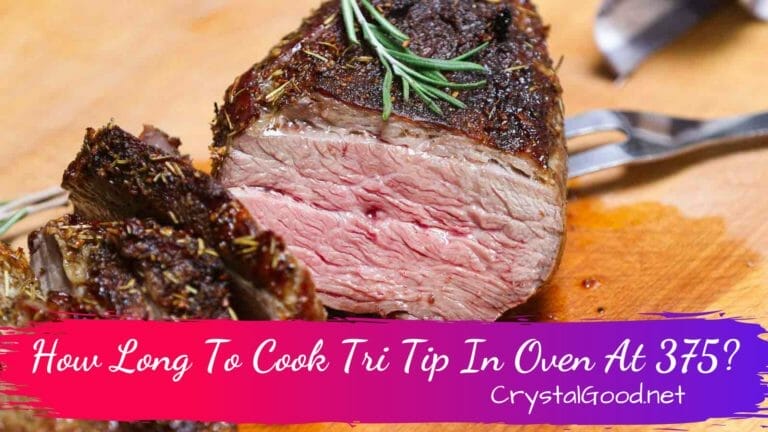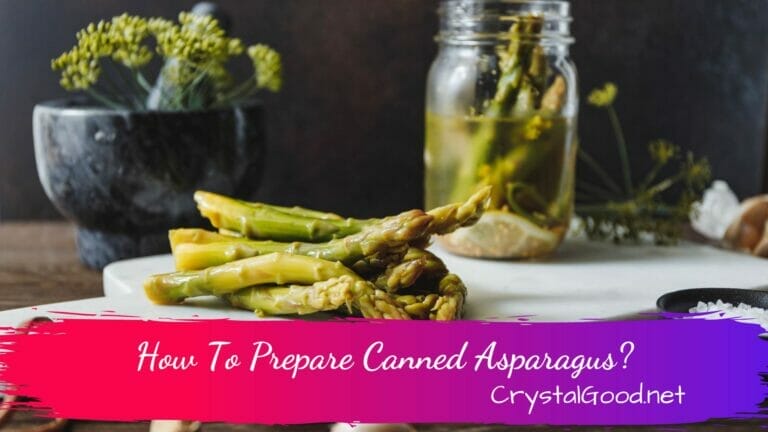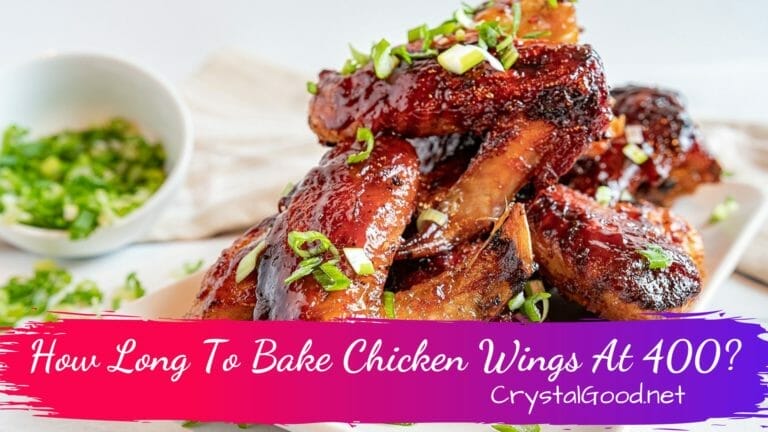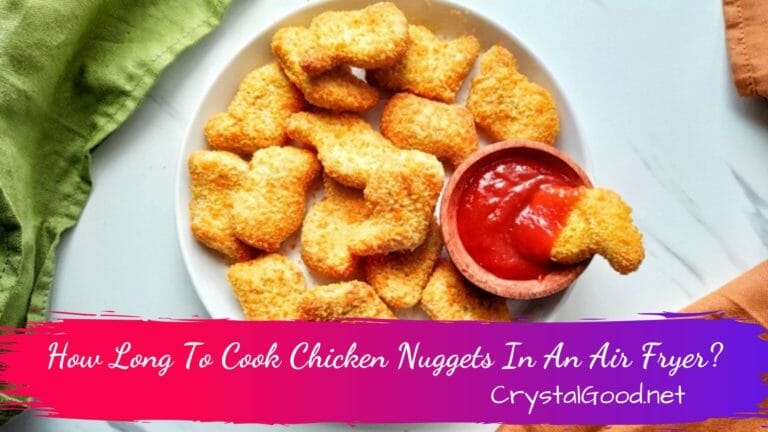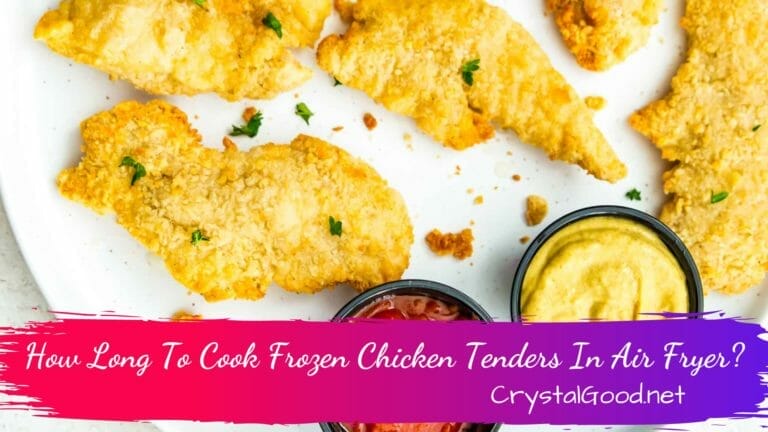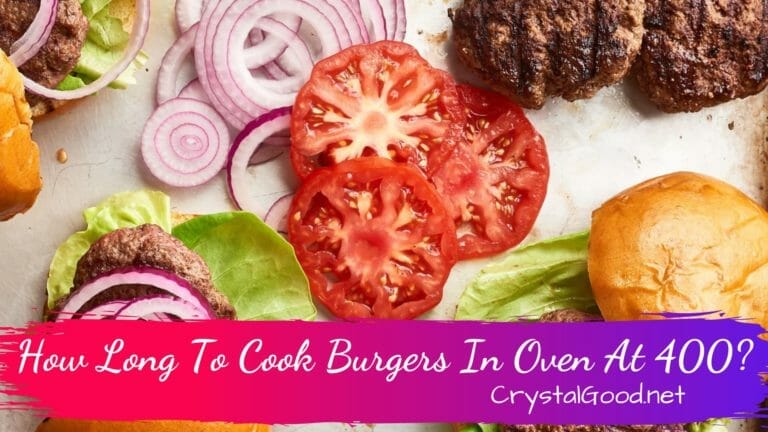Prime rib is one of the most popular cuts of beef, and it is a favorite among steak lovers. But what part of the cow does prime rib come from? The answer may surprise you. Prime rib is actually cut from the rib section of the cow, which is located between the chuck and the loin. This section of the cow is known for its tenderness and flavor, making it an ideal cut for prime rib. In this article, we will explore the anatomy of the cow and discuss the different cuts of beef that come from the rib section. We will also discuss the best cooking methods for prime rib and provide some tips for selecting the best cut.
Exploring the Anatomy of a Cow: Where Does Prime Rib Come From?
Contents
- 1 Exploring the Anatomy of a Cow: Where Does Prime Rib Come From?
- 2 The Difference Between Prime Rib and Other Cuts of Beef
- 3 How to Select the Best Cut of Prime Rib for Your Meal
- 4 The Benefits of Eating Prime Rib: Nutritional Value and Taste
- 5 The History of Prime Rib: Where Did It Come From?
- 6 The Art of Cooking Prime Rib: Tips and Techniques
- 7 The Best Ways to Serve Prime Rib: Recipes and Ideas
- 8 The Future of Prime Rib: What’s Next for This Popular Cut of Beef?
- 9 FAQs:
- 10 1. What part of the cow does prime rib come from?
- 11 2. Is prime rib the same as ribeye steak?
- 12 3. Is prime rib a lean cut of meat?
- 13 4. How is prime rib cooked?
- 14 5. How long does it take to cook prime rib?
- 15 6. What is the best way to season prime rib?
- 16 7. Is prime rib a good cut of meat for grilling?
- 17 8. Is prime rib expensive?
- 18 Conclusion
Have you ever wondered where prime rib comes from? Well, you’re in luck! Today, we’re exploring the anatomy of a cow to find out exactly where prime rib comes from.
The prime rib is a cut of beef that comes from the rib section of the cow. This section is located between the chuck and the loin. It is made up of the rib bones and the surrounding muscles.
The prime rib is made up of two muscles: the longissimus dorsi and the spinalis dorsi. The longissimus dorsi is the larger of the two muscles and is located along the spine of the cow. It is the most tender and flavorful cut of the prime rib. The spinalis dorsi is the smaller muscle and is located near the rib bones. It is less tender than the longissimus dorsi, but still has great flavor.
The prime rib is usually cut into two sections: the ribeye and the rib roast. The ribeye is the most tender and flavorful cut of the prime rib. It is usually cut into steaks and is great for grilling or pan-frying. The rib roast is the larger cut of the prime rib and is usually roasted in the oven. It is usually served as a roast and is great for special occasions.
So, there you have it! Now you know where prime rib comes from and how it is cut. So, the next time you’re enjoying a delicious prime rib dinner, you can thank the cow for providing you with such a delicious meal!
The Difference Between Prime Rib and Other Cuts of Beef
When it comes to beef, prime rib is the king of the cuts! Prime rib is a cut of beef from the rib section of the cow, and it is known for its tenderness, flavor, and juiciness. It is one of the most sought-after cuts of beef, and it is often served at special occasions and holidays.
So, what makes prime rib different from other cuts of beef? Well, for starters, prime rib is cut from the rib section of the cow, which is one of the most tender parts of the animal. This means that prime rib is incredibly tender and juicy, and it has a rich, beefy flavor. Additionally, prime rib is usually served with the bone in, which adds even more flavor and juiciness to the meat.
In contrast, other cuts of beef are not as tender or flavorful as prime rib. These cuts are usually taken from the shoulder, flank, or round of the cow, and they tend to be tougher and less flavorful than prime rib. Additionally, these cuts are usually served without the bone, which means that they don’t have the same flavor or juiciness as prime rib.
So, if you’re looking for a cut of beef that is tender, juicy, and full of flavor, then prime rib is the way to go! It’s the perfect choice for special occasions and holidays, and it’s sure to be a hit with your guests.
How to Select the Best Cut of Prime Rib for Your Meal
Are you looking for the perfect cut of prime rib for your meal? Look no further! Here are some tips to help you select the best cut of prime rib for your meal.
First, consider the size of your meal. If you’re serving a large group, you’ll want to select a larger cut of prime rib. If you’re serving a smaller group, you can opt for a smaller cut.
Next, consider the type of prime rib you’d like to serve. Prime rib comes in two types: standing rib roast and boneless rib roast. Standing rib roast is the classic cut of prime rib, with a bone running through the center. Boneless rib roast is a more convenient option, as it’s easier to carve and serve.
Finally, consider the fat content of the prime rib. Prime rib is typically sold with a layer of fat on top. This fat helps to keep the meat moist and flavorful. If you’d like to reduce the fat content of your prime rib, you can ask your butcher to trim the fat before you purchase it.
With these tips in mind, you’ll be sure to select the best cut of prime rib for your meal. Enjoy!
The Benefits of Eating Prime Rib: Nutritional Value and Taste
Eating prime rib is a delicious way to get a healthy dose of nutrition. Not only is it packed with protein, but it also contains essential vitamins and minerals. Plus, it has a rich, savory flavor that will make your taste buds sing!
When it comes to nutrition, prime rib is a great source of protein. It contains all nine essential amino acids, which are the building blocks of protein. It also provides a good amount of iron, zinc, and B vitamins. These nutrients are important for maintaining healthy energy levels, a strong immune system, and healthy skin and hair.
In addition to its nutritional value, prime rib is also incredibly tasty. It has a rich, savory flavor that is sure to please even the pickiest of eaters. The fat content of prime rib adds a juicy, succulent texture that is sure to make your mouth water. Plus, it pairs well with a variety of side dishes, making it a great choice for any meal.
Eating prime rib is a great way to get a healthy dose of nutrition and enjoy a delicious meal. Not only is it packed with protein and essential vitamins and minerals, but it also has a rich, savory flavor that will make your taste buds sing. So, the next time you’re looking for a nutritious and tasty meal, consider adding prime rib to your plate!
The History of Prime Rib: Where Did It Come From?
The history of prime rib is a delicious one! This succulent cut of beef has been enjoyed by diners for centuries, and its popularity continues to grow.
The origins of prime rib can be traced back to the Middle Ages, when it was a favorite of the English nobility. The cut was often served at banquets and feasts, and it was a symbol of wealth and status. The name “prime rib” was first used in the late 19th century, and it was used to describe the best cuts of beef.
Today, prime rib is still a popular choice for special occasions. It is usually served with a variety of side dishes, such as mashed potatoes, roasted vegetables, and Yorkshire pudding. The cut is also often served with a rich gravy or jus.
Prime rib is a great choice for any occasion, from a romantic dinner for two to a large family gathering. It is a delicious and impressive dish that is sure to please any crowd. So, the next time you’re looking for a special meal, why not try prime rib? You won’t be disappointed!
The Art of Cooking Prime Rib: Tips and Techniques
Cooking a prime rib roast is an art form that requires patience, skill, and a few tips and techniques. With the right approach, you can create a delicious, juicy, and tender roast that will be the star of any meal. Here are some tips and techniques to help you master the art of cooking prime rib.
1. Start with the right cut of meat. Look for a prime rib roast that has a good amount of marbling and a nice fat cap. This will ensure that your roast is juicy and flavorful.
2. Season your roast generously. Use a combination of herbs and spices to create a flavorful crust on the outside of the roast.
3. Preheat your oven to 500 degrees Fahrenheit. This will help to create a nice crust on the outside of the roast.
4. Place the roast in a roasting pan and add a few tablespoons of beef broth or stock. This will help to keep the roast moist and flavorful.
5. Roast the prime rib for 15 minutes at 500 degrees Fahrenheit, then reduce the heat to 350 degrees Fahrenheit and continue to roast for an additional hour or until the internal temperature reaches 135 degrees Fahrenheit.
6. Let the roast rest for at least 15 minutes before slicing. This will allow the juices to redistribute throughout the roast and make it even more tender and juicy.
7. Slice the roast against the grain for the most tender slices.
With these tips and techniques, you can master the art of cooking prime rib and create a delicious and juicy roast that will be the star of any meal. So get out your roasting pan and get ready to impress your family and friends with your prime rib cooking skills!
The Best Ways to Serve Prime Rib: Recipes and Ideas
If you’re looking for the perfect way to serve prime rib, you’ve come to the right place! Prime rib is a classic dish that’s sure to impress your guests. Whether you’re hosting a special occasion or just looking for a delicious dinner, these recipes and ideas will help you serve up the perfect prime rib.
For a classic prime rib dinner, start with a simple recipe. Rub the roast with a mixture of garlic, rosemary, and thyme, then roast it in the oven until it’s cooked to your desired doneness. Serve it with a side of mashed potatoes and a simple green salad.
If you’re looking for something a bit more creative, try a prime rib sandwich. Slice the roast thinly and serve it on a toasted bun with your favorite condiments. Or, try a prime rib pizza. Top a pre-made pizza crust with thinly sliced prime rib, caramelized onions, and your favorite cheese.
For a special occasion, try a prime rib roast with a red wine sauce. Start by searing the roast in a hot skillet, then transfer it to a roasting pan. Add a few cloves of garlic, a sprig of rosemary, and a cup of red wine to the pan. Roast the prime rib until it’s cooked to your desired doneness, then serve it with the red wine sauce.
No matter how you serve it, prime rib is sure to be a hit. With these recipes and ideas, you’ll be able to serve up the perfect prime rib dinner. Enjoy!
The Future of Prime Rib: What’s Next for This Popular Cut of Beef?
The future of prime rib is looking bright! This popular cut of beef has been a staple of holiday meals and special occasions for generations, and it’s only getting better. With the rise of sustainable farming practices, prime rib is becoming more accessible and more delicious than ever before.
As more people become aware of the importance of sustainable farming, prime rib is becoming a more popular choice. Sustainable farming practices ensure that the beef is raised in a humane and healthy environment, and that the animals are treated with respect. This means that the beef is of higher quality, and that it is more flavorful and tender.
In addition to being more sustainable, prime rib is also becoming more accessible. With the rise of online ordering and delivery services, it’s easier than ever to get your hands on a delicious cut of prime rib. You can even order it pre-cooked and ready to serve, making it a great option for busy households.
Finally, prime rib is becoming more versatile. Chefs are experimenting with different cooking techniques and recipes to create new and exciting dishes. From prime rib tacos to prime rib sliders, there are endless possibilities for this classic cut of beef.
The future of prime rib is looking bright! With sustainable farming practices, increased accessibility, and more creative recipes, prime rib is sure to remain a favorite for years to come.
FAQs:
1. What part of the cow does prime rib come from?
Prime rib is cut from the rib section of the cow, usually from the sixth through twelfth ribs.
2. Is prime rib the same as ribeye steak?
No, prime rib and ribeye steak are not the same. Prime rib is a roast cut from the rib section of the cow, while ribeye steak is a cut of beef that is taken from the ribeye muscle.
3. Is prime rib a lean cut of meat?
No, prime rib is not a lean cut of meat. It is a fatty cut of beef that is full of flavor.
4. How is prime rib cooked?
Prime rib is usually cooked by roasting it in the oven. It can also be cooked on the grill or in a slow cooker.
5. How long does it take to cook prime rib?
The cooking time for prime rib depends on the size of the roast and the desired doneness. Generally, it takes about 15 minutes per pound for a medium-rare roast.
6. What is the best way to season prime rib?
The best way to season prime rib is to rub it with a mixture of herbs and spices, such as garlic, rosemary, thyme, and black pepper.
7. Is prime rib a good cut of meat for grilling?
No, prime rib is not a good cut of meat for grilling. It is best cooked in the oven or in a slow cooker.
8. Is prime rib expensive?
Yes, prime rib is usually more expensive than other cuts of beef.
Conclusion
In conclusion, prime rib comes from the rib section of the cow, which is located between the chuck and the loin. This section of the cow is known for its tenderness and flavor, making it a popular choice for prime rib.



